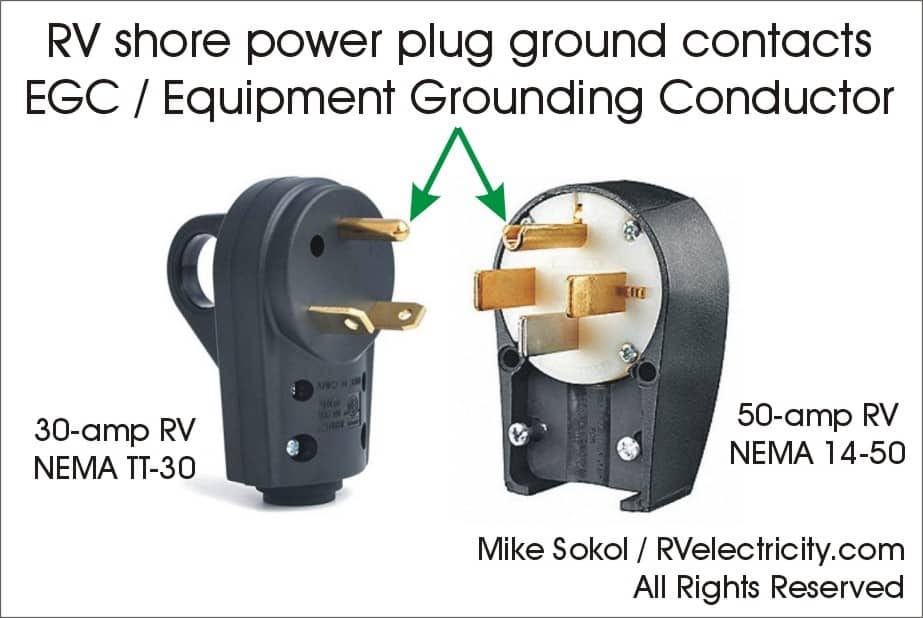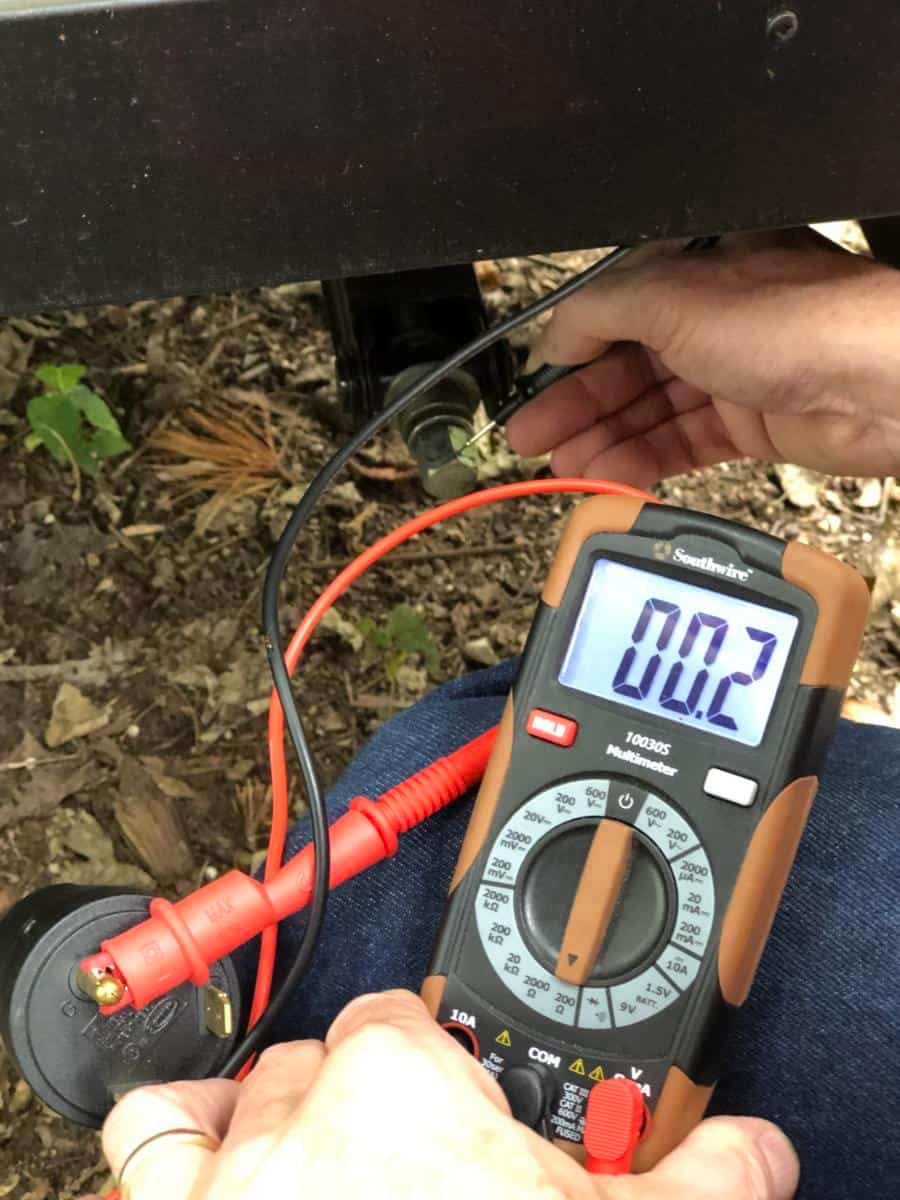RV Hot-Skin Theory Overview!
Read these three (maybe four) articles and all will be revealed...
Hi Mike,
We recently had a FaceBook member who inquired about getting shocked by his RV at home while working on it in his bare feet. I suggested he check the ground connection on his shore power and sure enough he was using an extension cord that was missing the ground prong. That got me to thinking though, there still must be some abnormal amount of ground leakage in his trailer.
While a ground wire is certainly an important “secondary” protection, it shouldn’t be necessary to prevent a shock in an otherwise healthy electrical system. I started googling and started finding your name all over the place. I tried to check out your noshockzone website but it is apparently being reworked at the moment. Can you please provide me a more in depth explanation, I work with electricity all the time and understand these things pretty well.
Thanks, Fred L.
Dear Fred,
Your Facebook group should subscribe to my daily RVelectricity newsletter. I’ve already published nearly 700 articles and 100 videos on all aspects of RV electrical safety and troubleshooting. Please post this article to your Facebook group…
From the beginning
I assume many of my daily newsletter subscribers have already read my articles on detecting hot-skin voltage using a Non-Contact Voltage Tester (NCVT). If so, proceed with Part 1 below. If not, then time for review HERE.
#1) My Latest Hot-Skin Voltage Epiphany
Here’s my latest article detailing how swapped ground/neutral conductors in an RV interior electrical outlet can become a hot-skin fault current source. So if there’s an interior outlet in your RV that works sometimes (and a 3-light outlet tester says it’s okay, but not at other times (with a strange 3-light outlet tester reading), that’s a hint that there’s an RNG (Reversed Neutral Ground) in that outlet which can create a deadly hot-skin voltage on your RV if your shore power hookup has a lost ground connection. Read it HERE.
#2) What About Other Ground Fault Currents?
Here’s a variety of low, medium and high-current faults that can turn onto a hot-skin voltage if there’s a missing ground connection.
Note that low-current ground faults are quite normal in an RV, so there might not be anything else wrong besides a broken EGC ground connection. Most RVs will leak at least a few mA of current to chassis ground simply due to RF line-to-ground filter capacitors in the converter/charger. This usually ends up creating a hot-skin around 60 volts with just a few mA of potential fault current. So not deadly, but definitely a shock. And if something else goes wrong, then it can create enough fault current to kill you. Read it HERE.
#3) Troubleshooting RV Hot-Skin Voltage
There’s a few basic rules about how and when a hot-skin voltage on an RV can occur. Without understanding these rules you (or your electrician) can easily go on a wild goose chase at $150 per hour. I’ve been troubleshooting hot-chassis (skin) conditions on all kinds of industrial and sound stage gear for 50 years, so I’ve posited a bunch of theories and learned a few tricks.
This is my in-depth article on advanced test procedures for RV hot-skin troubleshooting. Read all about it HERE.
Please review the above articles and let me know if that answers your questions.
Let’s play safe out there… Mike Sokol








